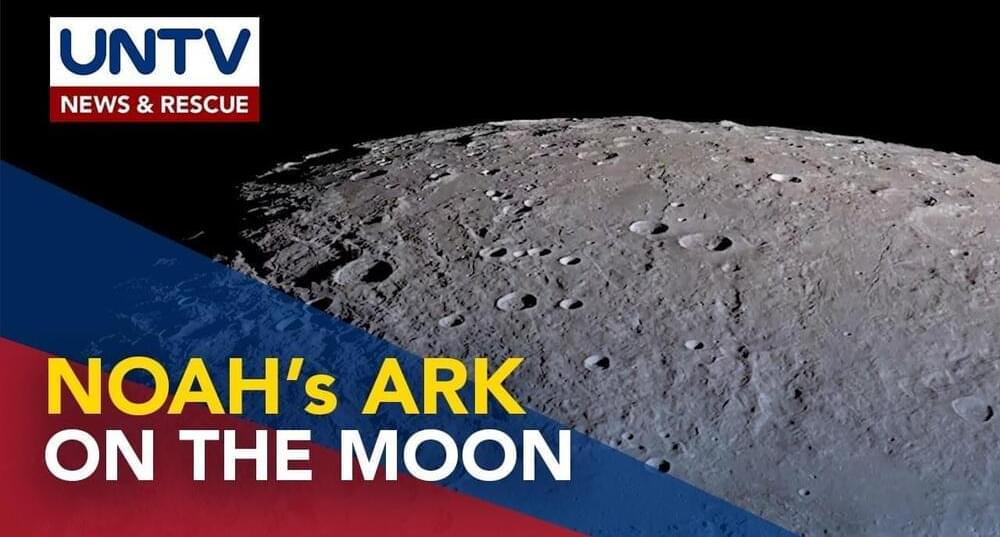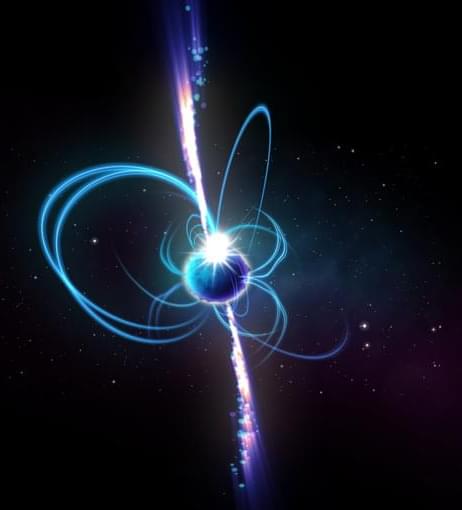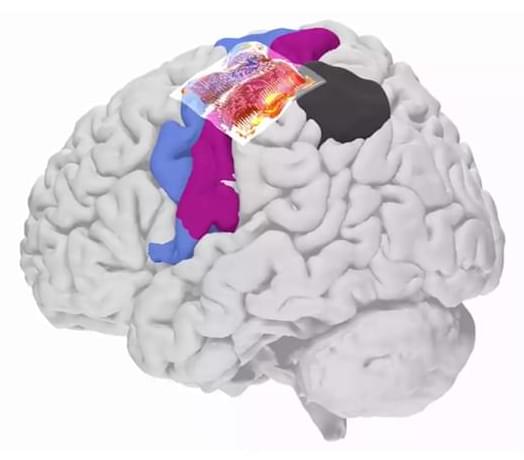Jan 26, 2022
A Flying Car Was Officially Cleared to Fly
Posted by Gemechu Taye in categories: energy, transportation
Next stop? Mass production.
With that in mind, we asked Zajac how he believed the AirCar will compete with the oncoming surge of eVTOL aircraft: “AirCar is a completely different category of vehicle,” Zajac replied. “Whereas AirCar is fully taking advantage of the aerodynamic forces during flight and the lifting force is generated by fixed wings and [its] lifting body, the VTOLs are [essentially] helicopters. As a result, VTOL vehicles have low energy efficiency, shorter range, and smaller cruising speeds. I believe both will be used side by side for different purposes.” The question does remain on how many people will be willing to shell out for a flying car that needs access to a runway for takeoff. With Morgan Stanley predicting the flying car sector will be worth $1.5 trillion by 2040 and KleinVision having flight certification under its wings, we may be very close to finding out. has played a central role in the twists and turns of Associate Professor Areg Danagoulian’s life.
Continue reading “A Flying Car Was Officially Cleared to Fly” »


















